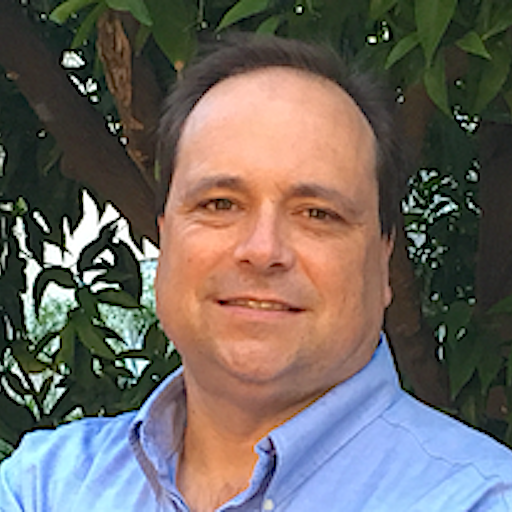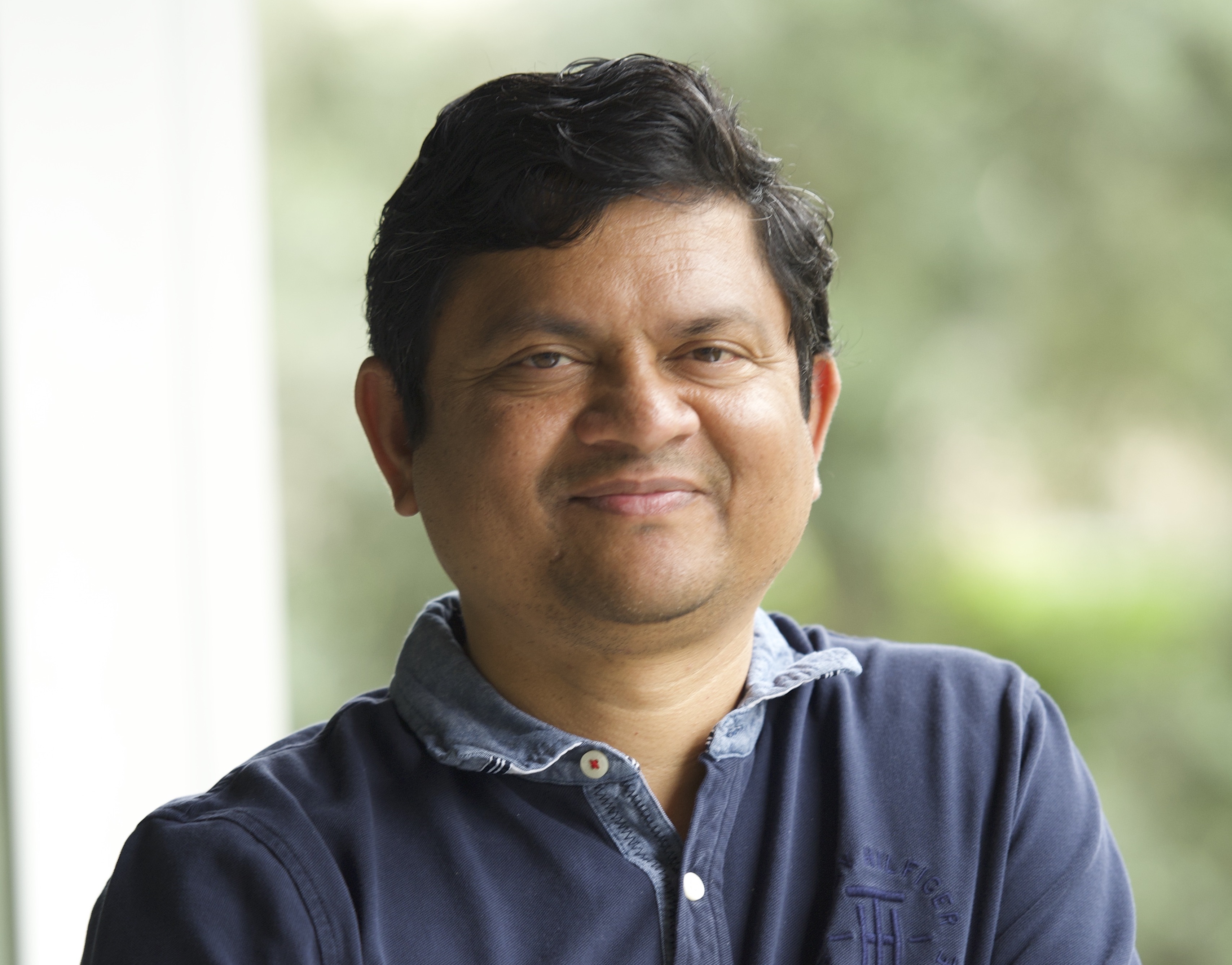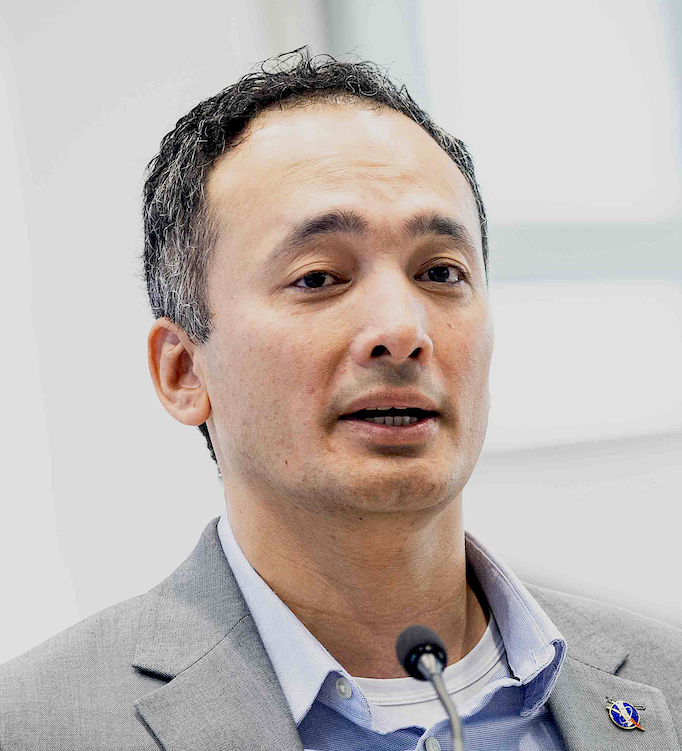
Manil Maskey
Sr. Research Scientist
Data Science and Innovation Lead
NASA HQ/NASA MSFC
Dr. Manil Maskey holds two main roles: one at the Marshall Space Flight Center (MSFC) and another at NASA Headquarters. In his role as Senior Research Scientist and Project Manager at NASA MSFC, Dr. Maskey leads research and development efforts in data science tailored to the unique demands of the scientific community. In his capacity at NASA Headquarters as the Data Science and Innovation Lead for the Office of the Chief Science Data Officer, Dr. Maskey oversees the development and execution of NASA Science Mission Directorate's artificial intelligence strategy. With a career that extends over two decades including academia, industry, and government, his expertise encompasses data systems, cloud computing, artificial intelligence, and visualization. Dr. Maskey is an affiliated faculty member in the Atmospheric Science department at the University of Alabama in Huntsville. He is a senior member of the Institute of Electrical and Electronics Engineers (IEEE), serves as the chair of the IEEE Geoscience and Remote Sensing Society (GRSS) Earth Science Informatics Technical Committee, and is a member of the Association for the Advancement of Artificial Intelligence (AAAI).
AI Foundation Models for NASA Science: a Culture of Openness
Abstract:
Developing Foundation Models (FMs) demands significant resources, including
data, computing power, and specialized foundational artificial intelligence
expertise. At NASA Science, we have cultivated a culture of openness to
enhance collaborative efforts in FM development across all science domains.
The goal is to leverage these collaborative efforts to lessen the burden on
individual groups and maximize the benefits for everyone. This talk will
explore NASA Science's 5+1 foundation model strategy, implementation
approaches, challenges, and envisioned benefits.
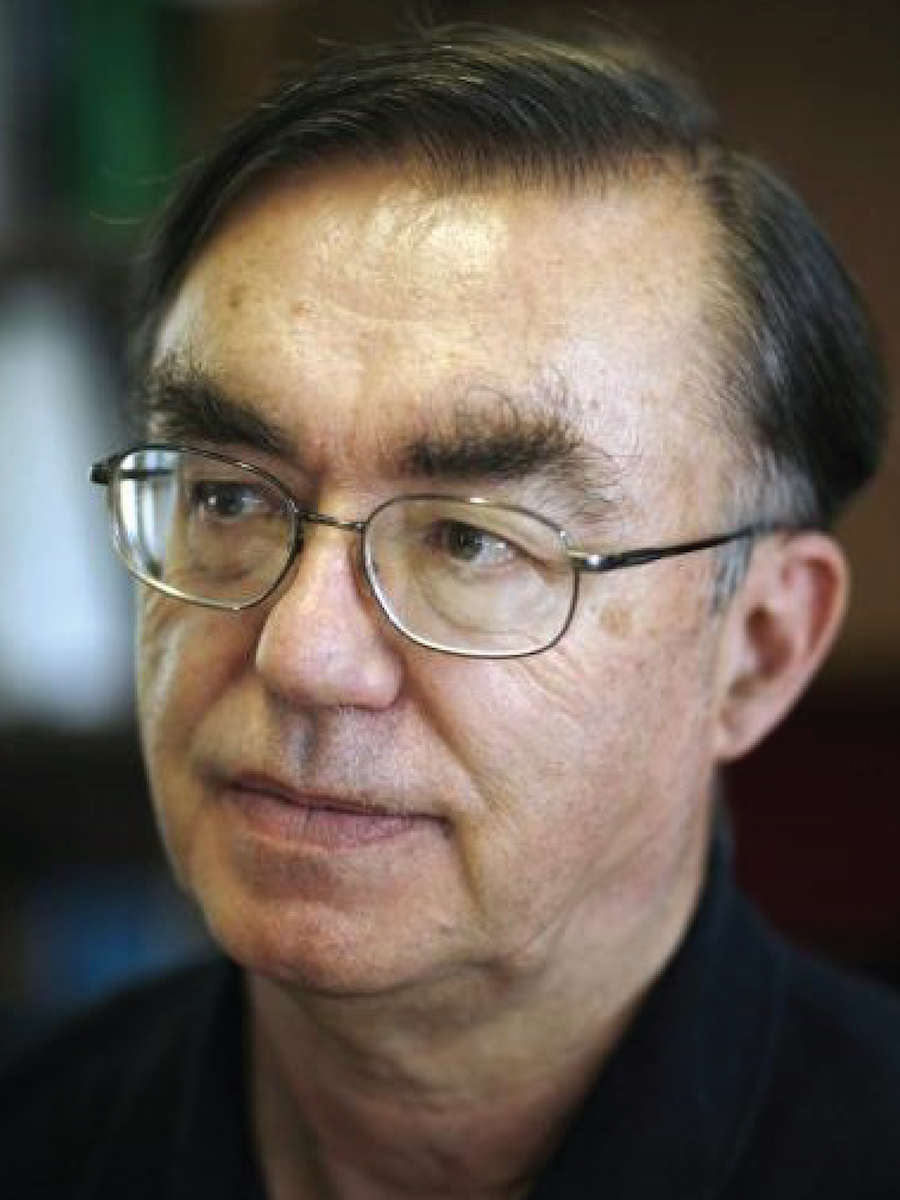
Geoffrey Fox
Professor of Computer Science, School of Engineering and Applied Science, UVA, Biocomplexity Institute
Fox received a Ph.D. in Theoretical Physics from Cambridge University, where he was Senior Wrangler. He is now a Professor at the Biocomplexity Institute & Initiative and Computer Science Department at the University of Virginia. He previously held positions at Caltech, Syracuse University, Florida State University, and Indiana University. after being a postdoc at the Institute for Advanced Study at Princeton, Lawrence Berkeley Laboratory, and Peterhouse College Cambridge. He has supervised the Ph.D. of 78 students. He has an hindex of 89 with over 44,000 citations. He received the High-Performance Parallel and Distributed Computing (HPDC) Achievement Award and the ACM - IEEE CS Ken Kennedy Award for Foundational contributions to parallel computing in 2019. He is a Fellow of APS (Physics) and ACM (Computing) and works on the interdisciplinary interface between computing and applications. He is currently active in the Industry consortium MLCommons/MLPerf.
Abstract:
In the last three years, hundreds of papers and over fifty new models have
been described for Time Series Foundation models. These mainly focus on the
key aspect of time dependence, whereas in some science time series, there are
multiple sources with individual features (often static) that describe the
different streams. These add heterogeneity to the system that could be
challenging for the Foundation model. We analyze earthquake and hydrology
forecasting. In the former case, spatial correlations caused by faults and
relations between shocks, consequent from physics, can be usefully exploited.
In the hydrology case, there are over two hundred static variables that
distinguish the thousands of catchments. Measurement errors should be
reflected in loss functions. One can compare the use of mathematical
expansions of time dependence (e.g. Legendre Polynomials or Fourier series)
with time dependence learned by the neural network. We also remark on
Foundation models for image-based science observables.
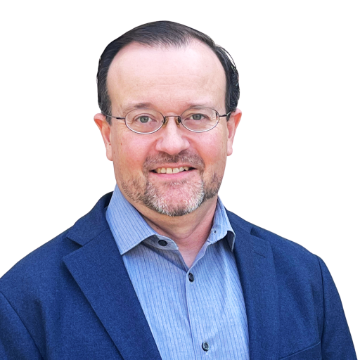
Brian Green
Brian Patrick Green is the director of technology ethics at the Markkula Center for Applied Ethics at Santa Clara University and teaches AI ethics and space ethics in Santa Clara University’s Graduate School of Engineering. He is author of the book Space Ethics, co-author of Ethics in the Age of Disruptive Technologies: An Operational Roadmap (The ITEC Handbook), co-author of the Ethics in Technology Practice corporate technology ethics resources, and co-author/editor of three additional volumes on technology, ethics, religion, and society. Green has worked with the World Economic Forum, the Vatican’s Dicastery for Culture and Education, and technology companies ranging from startups to the largest.
Abstract:
What does it mean for something to be "trustworthy"? At the very
least, it must be both technically trustworthy - it does what it is supposed
to do - and ethically trustworthy - it does not violate ethical ideals
necessary for trust (such as violating privacy, deceiving, harming, or
exploiting users, etc.). This talk will explore linkages between AI and trust
and present some ethical tools for thinking about and building trustworthy
technology.
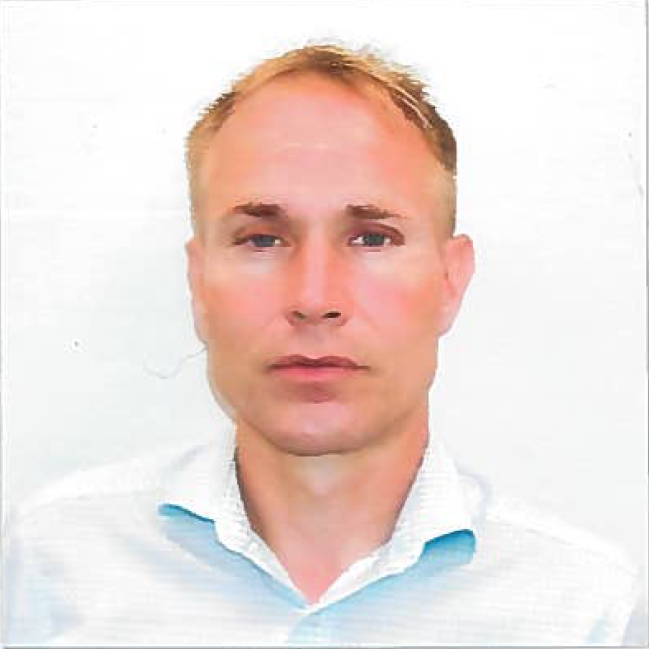
Bjorn Andersson
Bjorn Andersson earned his PhD from Chalmers University in Sweden in 2003. His PhD thesis was "Static-priority scheduling on multiprocessors" and it solved a problem left open by C. Liu in the Apollo program in 1969; see C. Liu, "Scheduling algorithms for multiprocessors in a hard real-time environment," in JPL Space Programs Summary, vol. 37-60. JPL, Pasadena, CA, 28–31, 1969. Today, Bjorn Andersson is Principal Researcher at the Software Engineering Institute at Carnegie Mellon University, and he is the author of more than 100 peer reviewed publications.
Abstract:
The reliance on software for executing safety-critical functions is
expanding, seen in applications such as flight control systems and military
counter-measures. The challenge in ensuring the safety of these systems stems
from their vast input space and the critical timing of output delivery. My
presentation will explore two application of AI in this context: (i) the use
of large language models for hazard analysis, and (ii) machine learning for
analyzing worst-case execution time.

Jack Lightholder
Jack Lightholder is a data scientist at NASA’s Jet Propulsion Laboratory in Pasadena, California. As a member of the Machine Learning and Instrument Autonomy Group, Jack supports a variety of missions in concept, development and operational phases. Currently Jack acts as a payload uplink lead on the engineering camera subsystem of the Mars Science Laboratory. Jack is also supporting instrument flight software development for the Near Earth Asteroid CubeSat mission.
Abstract:
In all areas of science and engineering there is a challenge in creating and
maintaining exhaustive and accurate Analysis-Ready Data (ARD) compilations.
How information is described and reported may vary substantially between
publications, even when they are reporting on the same phenomena. Curation
tasks can commonly require tracking hundreds of pieces of information across
tens of thousands of objects. Such a scale makes manual curation impractical,
and the wide variety of literary expressions makes automation difficult. The
recent rapid advances in the ability of Large Language Models (LLMs) to
distill, summarize and utilize large text corpora make them an excellent
candidate technology for solving such challenges. We explored the use of LLMs
to parse, organize and curate knowledge from published academic literature on
strong gravitational lenses. To date around 10,000 of these astrophysical
phenomena have been published on, but that number is expected to increase
rapidly over the coming decade due to new missions more capable of detecting
them. We utilized multiple LLM models, including GPT-4, Llama 3 and Claude 3,
and characterized their ability to identify gravitational lenses referenced in
provided literature and extract a list of metadata for each published lens.
Models were evaluated on their ability to comprehensively identify all lenses
in a provided publication as well as their ability to parse metadata without
missing provided information or hallucinating information not provided. LLMs
are rapidly evolving, making the performance of a specific model less
important than the lessons which can be provided to others to bootstrap their
first attempts to utilize this technology to solve real world problems. We
outline our approach to addressing our use case, and present lessons learned
along the way and a roadmap for others attempting to utilize LLMs for
literature parsing in the science and engineering domains.
